Yard work is easily the worst chore. It’s easy to complain about doing the dishes or running the vacuum, but when you are faced with a choice between any inside chore and some type of yard work, the decision is clear. Yard work is usually more labor-intensive — meaning you will get sweatier and feel weaker and more tired afterwards — and by nature yard work is outside, so you are subject to the elements while you toil.
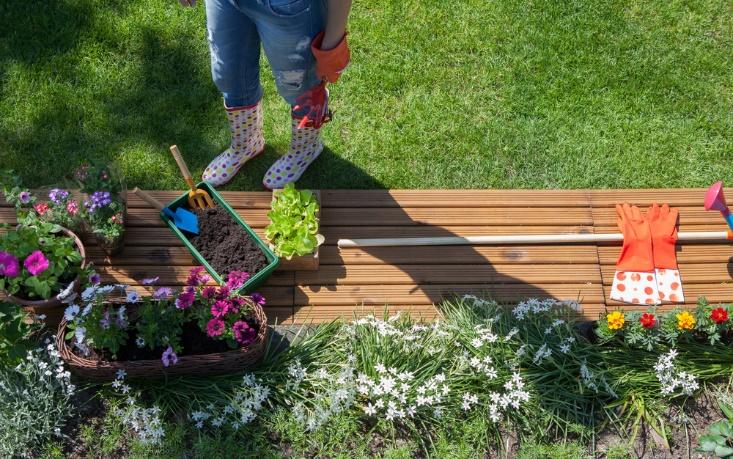
Unfortunately, landscaping is too important to simply refuse to participate in yard work entirely. Unless you have the budget to pay yard work professionals — which few homeowners do — you will need to engage in yard work to some extent. Fortunately, with the following tips, you can ensure your home has an eye-catching landscape with the least yard work required.
Focus on Outdoor Living Spaces
Hardscaping is a lazy gardener’s best friend. As opposed to landscaping, which is sculpting the soil and plant life into an attractive scene, hardscaping consists of manmade elements, like pavers, walls, pergolas and arbors. Because these features don’t require watering, trimming or generally even close the amount of maintenance that living landscaping needs to look good, investing in ample hardscaping is a smart way to reduce our outdoor work load.
Even better, outdoor living spaces are seriously en vogue right now, especially if they are well-designed. In addition to your typical outdoor lounging space, you might consider building an outdoor wet bar — or even a full outdoor kitchen, replete with mini fridge, grill and brick oven. Add chic touches like an outdoor rug, comfortable seating, a dining table and more to make the space feel welcoming and look good.
Install an Auto Watering System
Watering is easily the most time-intensive yard work chore. That’s because you need to water your plants frequently — sometimes as much as every day, depending on the types of plants you choose (more on that later) and where you live. You can essentially eliminate this task by installing a automatic watering system in your yard. Sprinklers in your lawn and drip lines on trees and other plants can be hooked to water timers for hoses, so you never need to remember to turn on and check the hose. While your system will experience wear and tear over time, you can find reliable sprinkler repair in your area to fix any issues that pop up.
Try Xeriscaping
Often confused with zeroscaping — which is removing all landscaping from your yard to the detriment of your property value — xeriscaping is developing a waterwise landscape based on your region’s climate and natural flora. Most often, xeriscaping is applied in arid areas, like the American Southwest, but you can learn plenty about reducing your yard work needs by adopting the tenets of xeriscaping in your landscaping:
- Planning and design. Sketch out your yard and make notes of things you want to keep and things you want to change.
- Soil augmentation. Soil in most residential areas is poor. You should send a soil sample to lab to understand what your soil needs to facilitate plant growth.
- Practical and limited turf. Grass is resource-hungry, so limiting your grass to a functional amount — for dogs or kids — is a good idea.
- Plant selection and arrangement. You should choose plants that are appropriate for your climate and group them in your yard according to their watering needs.
- Mulch. Mulch helps reduce evaporation and combat weeds.
Choose Perennials
Annuals are plants that grow, bloom and die over the course of a season. Though annuals include some of the most recognizable flowers — like sunflowers, petunias and geraniums — and can add much-needed color into the landscape, they are much more difficult to care fore than their counterparts, perennials. That’s because you need to replant and remove annuals every few weeks, or else your landscape will be filled with dead and rotting plants.
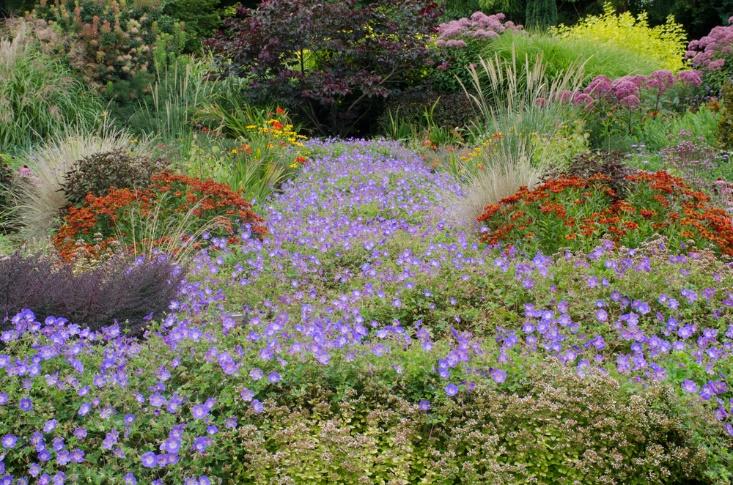
Meanwhile, perennials live year-round, eliminating the near-constant need to garden. While you will need to prune perennials every so often and rake up their debris, they are generally hardier and less work than delicate annuals. Plus, many perennials bloom, too, so you don’t have to give up on a colorful yard entirely. You should prioritize perennials that are innate to your region of the world and then perennials that thrive in your climate.
Invest in Artificial Plants
If worse comes to worst, you can always fill your yard with artificial plants instead of living ones. The quality of artificial plants has improved in recent years, so unless your guests get up close to your garden, they probably won’t notice that your landscape is fake. You can even buy fake grass that doesn’t require watering — but it is important to invest in a superior brand, so it isn’t obvious that your lawn is phony.
Even if you zeroscape — and you truly shouldn’t zeroscape — you will have yard work to do. However, by considering the above tips in your landscape design, you can reduce the work you spend maintaining your outdoors and increase the time you spend enjoying your yard.




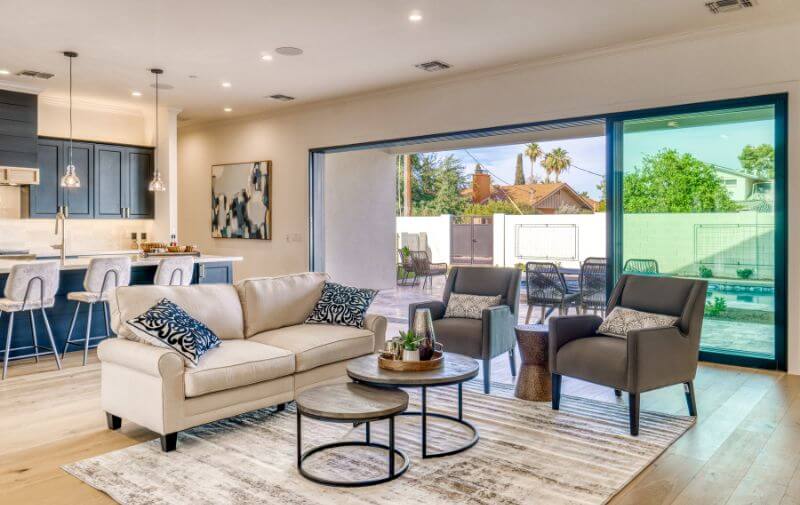
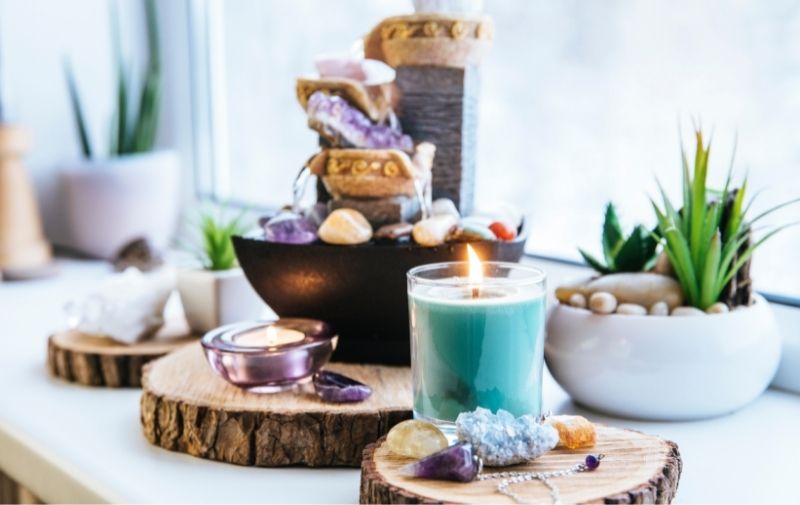

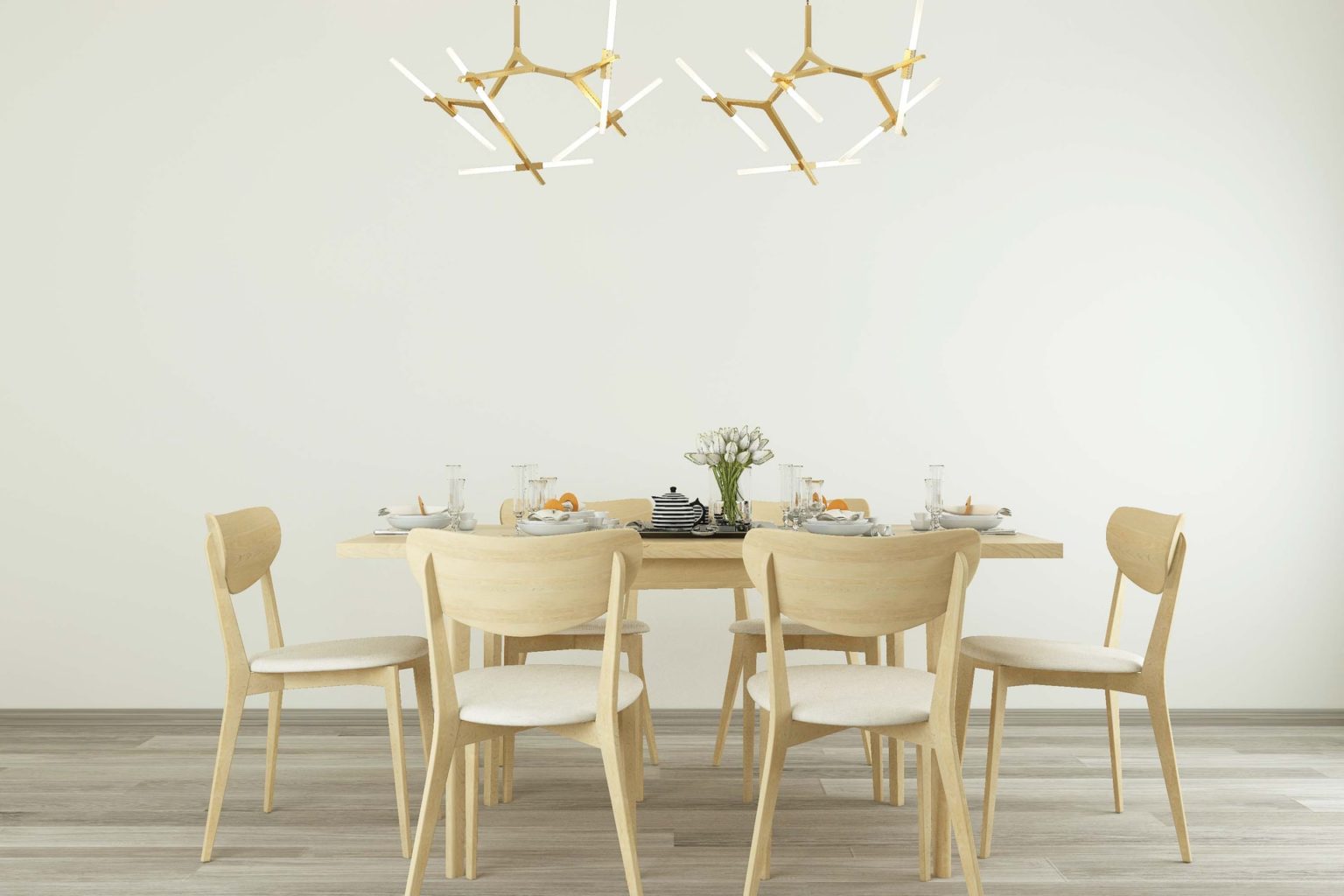
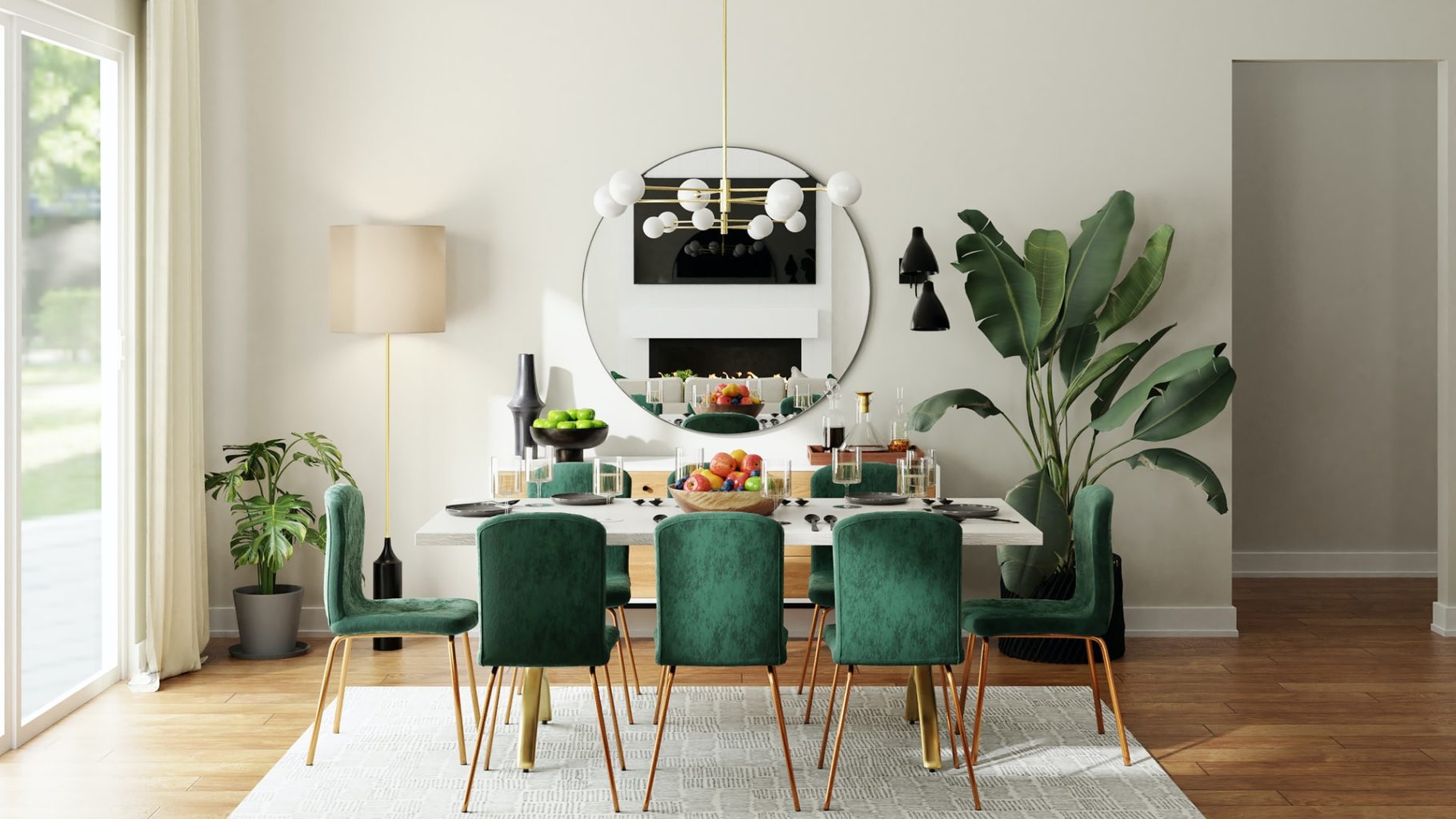

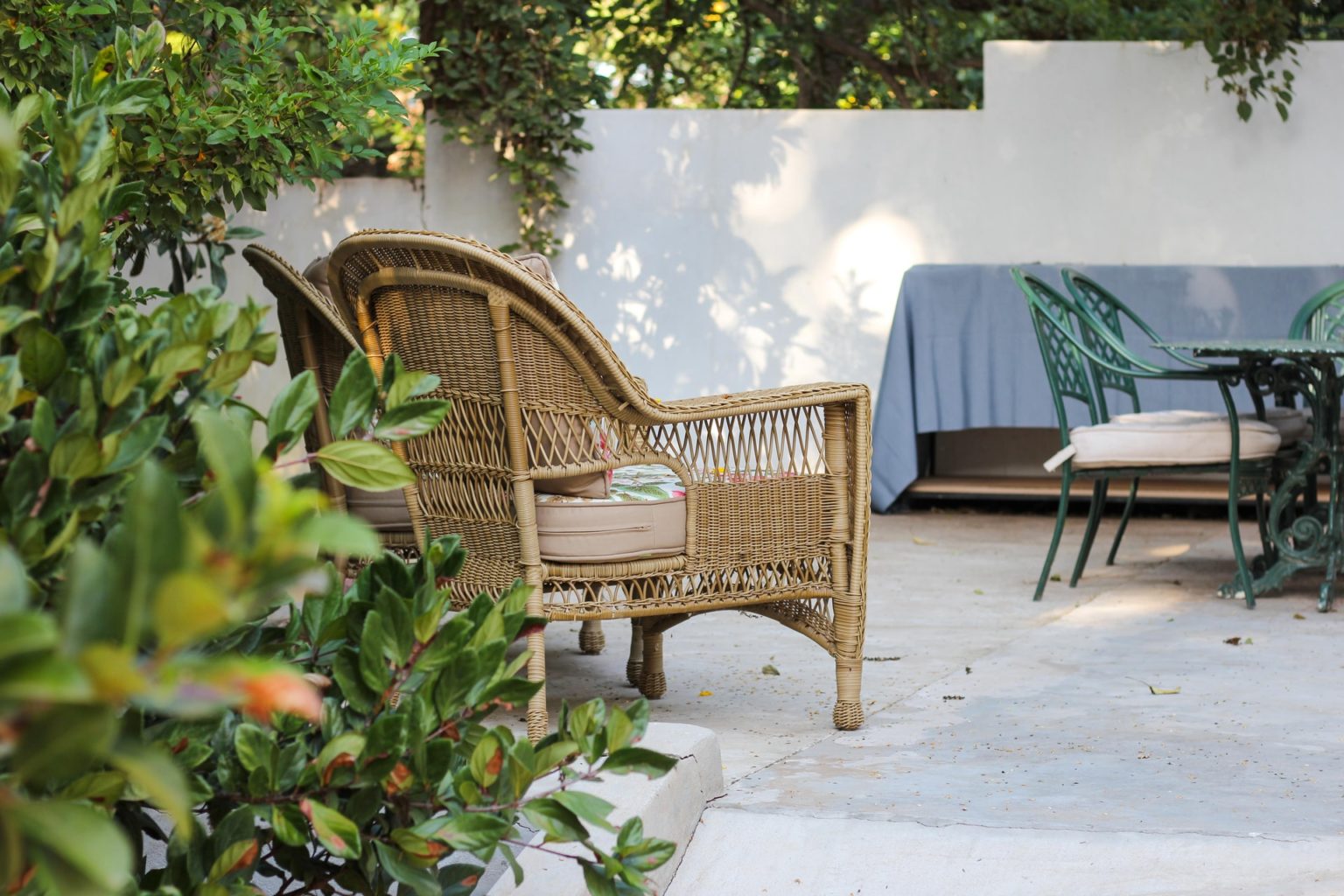

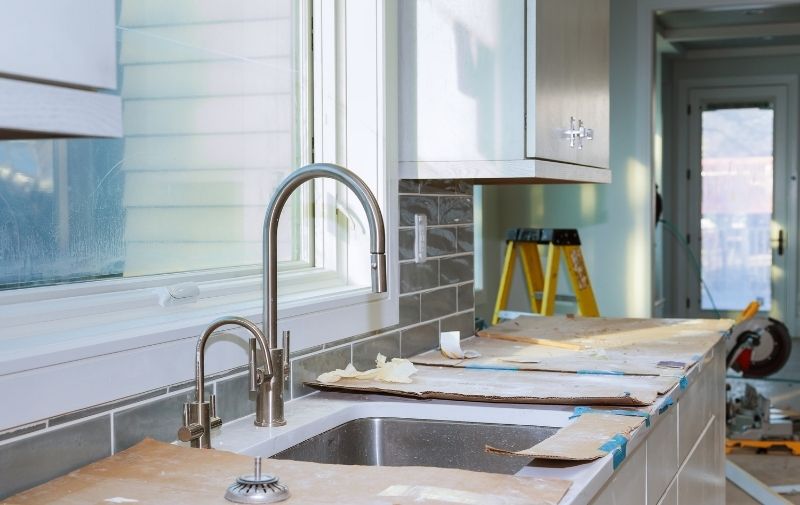

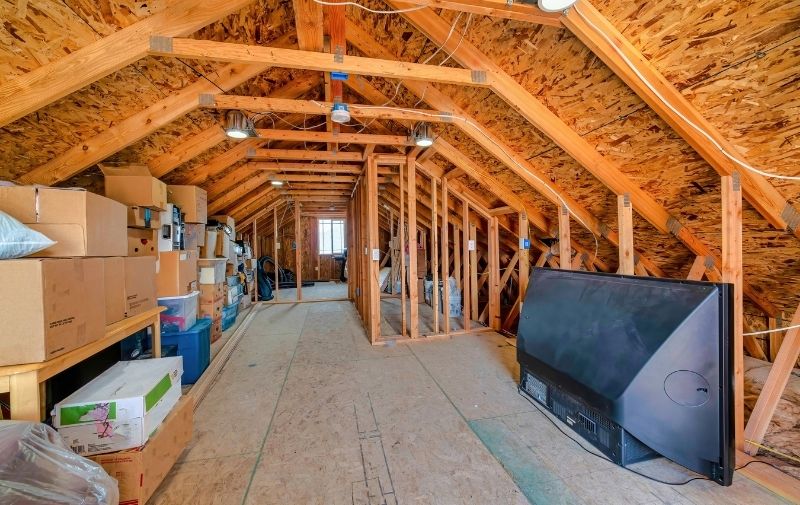
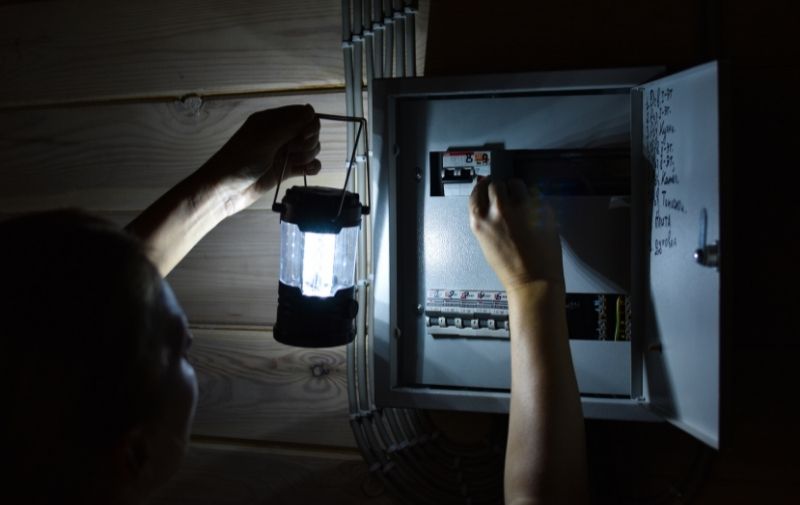

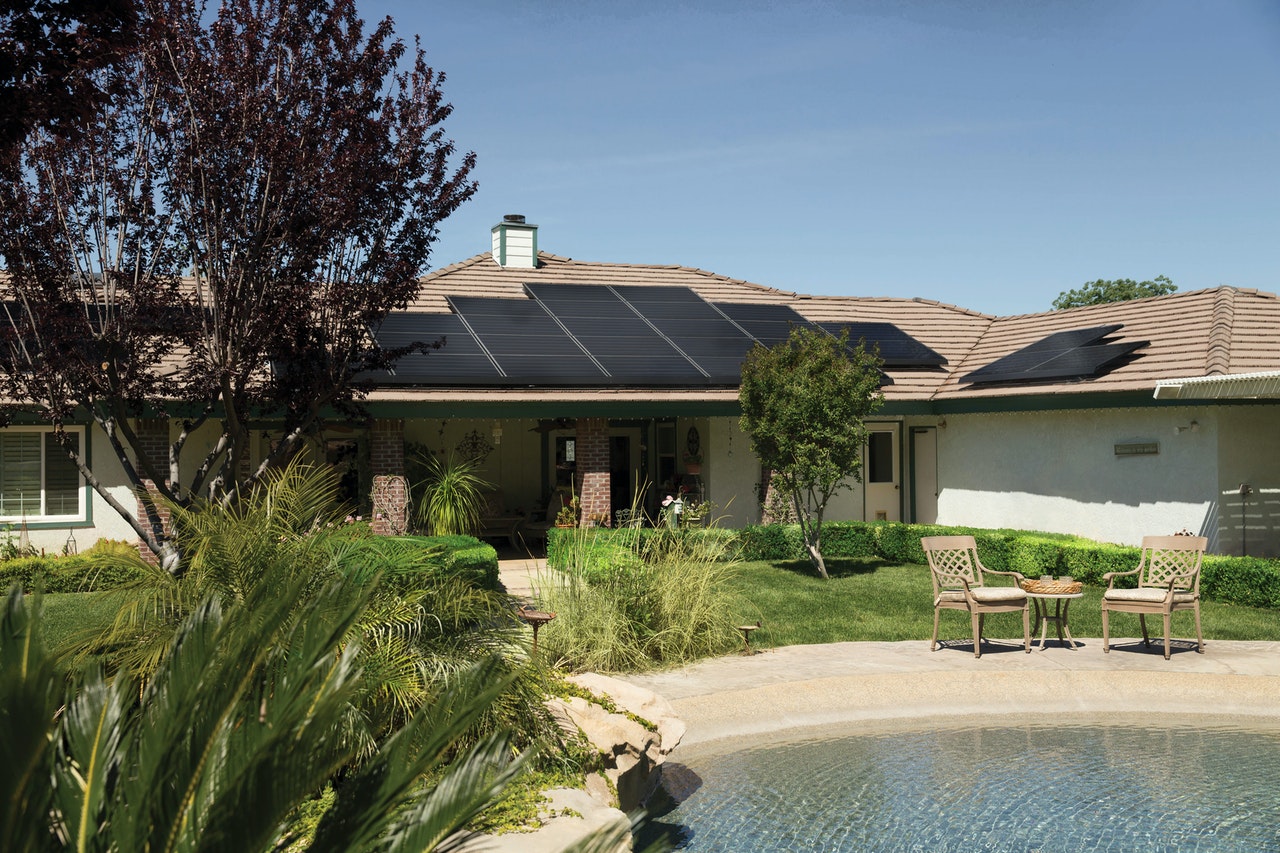




Leave a Reply